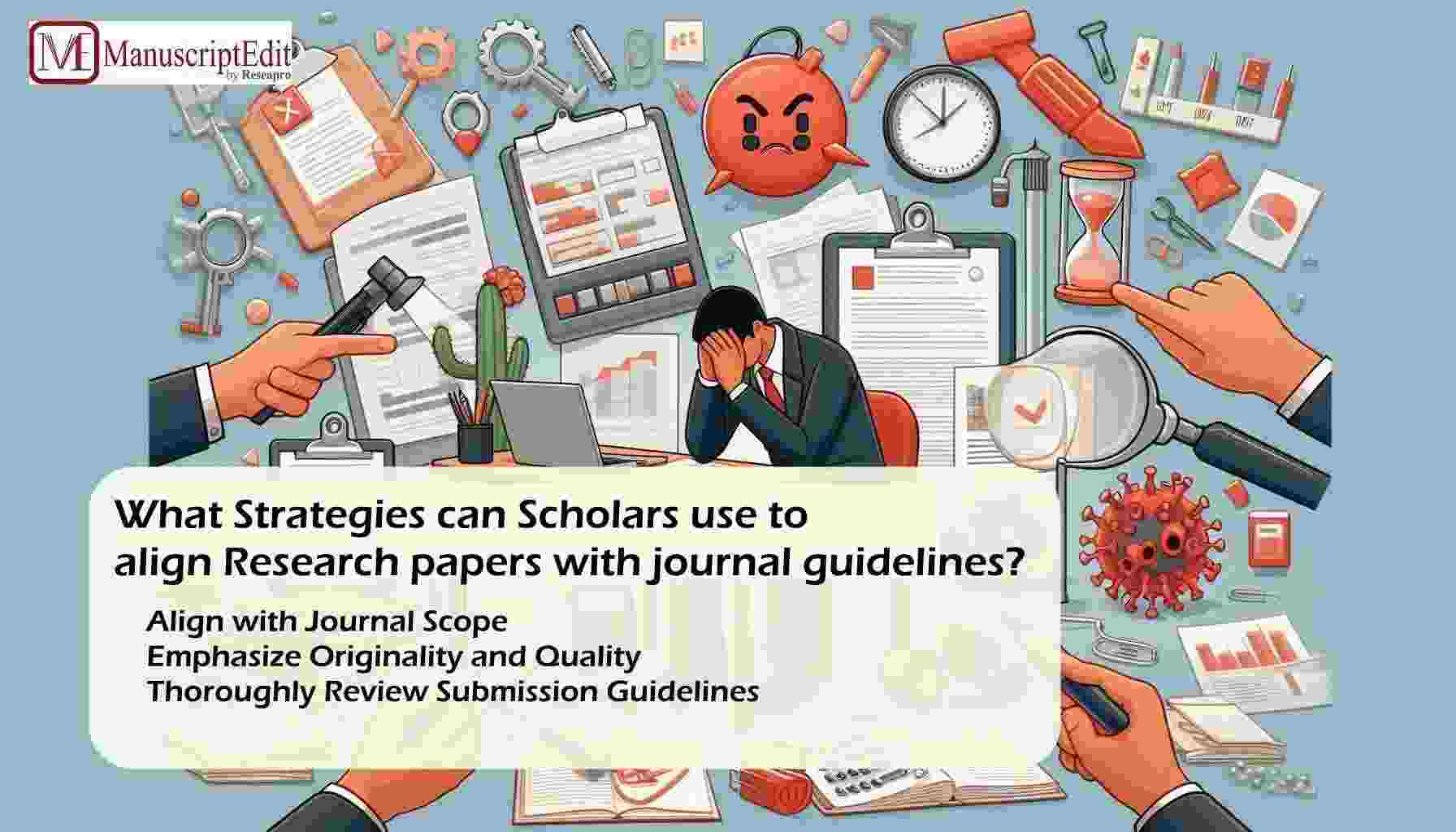|
Getting your Trinity Audio player ready...
|

The publishing industry offers a vast array of journals for researchers to choose from, yet rejection is a common experience in scholarly publishing. The reasons for rejection can be discouraging for authors who spend months perfecting their manuscripts. Understanding typical causes for manuscript rejection can help researchers avoid common pitfalls and improve their chances of acceptance.
In this blog post, we will discuss the most frequent reasons for journal article rejection and the steps you can take to overcome these challenges.
Initial Technical Screening
Before a submitted manuscript reaches peer reviewers, it undergoes technical screening. Many papers fail at this early stage due to several key factors.
- Relevance to Journal’s Scope
The paper must align with the journal’s aims and scope. If a manuscript does not appeal to the journal’s readership, it is likely to be rejected. Researchers must carefully select journals where their research is a good fit, saving time and effort. - Lack of Novelty
Journals prioritize cutting-edge research that brings new insights to the field. If a paper lacks originality or covers topics that have been extensively researched, it will likely be rejected. - Plagiarism and Ethical Concerns
Ethical concerns such as plagiarism, failure to obtain informed consent, or not following ethical guidelines in research can lead to automatic rejection. Researchers must ensure that their content is original and all ethical approvals are in place. - Incomplete Submissions
Missing key components like figures, tables, or mandatory documents (such as consent forms) often results in rejection. Always double-check that all required elements are included before submitting. - Failure to Follow Submission Guidelines
Submitting to a journal without adhering to its specific guidelines—such as formatting, word count, or citation style—can result in rejection at this stage. Journals have unique requirements that must be met.
The Peer Review Process
After clearing the technical screening, the next phase is the peer review. This stage involves a thorough critical evaluation by subject matter experts. Manuscripts often face rejection here due to the following reasons:
- Unclear Aim and Scope
The research question or hypothesis must be well-defined. A poorly articulated aim in the introduction can lead to confusion, making it one of the common pitfalls leading to research paper rejection. - Weak Methodology
Using outdated or inappropriate methods can undermine your research. Reviewers expect papers to have strong, innovative methods that yield meaningful data. - Insufficient or Weak Data
Reviewers often reject papers that present insufficient data or fail to offer significant findings. Without substantial evidence, conclusions are less convincing. - Unstructured or Illogical Arguments
Even with solid data, an incoherent or poorly structured argument will weaken the paper. It’s crucial to present a logical flow of ideas, supporting each claim with evidence. - Poor Writing Quality
If the manuscript contains too many jargons, grammatical errors, or is written in an unclear manner, it may be rejected despite the quality of research. Good writing is essential for communicating complex ideas effectively. - Statistical Errors
Incorrect or inadequate statistical analysis is a red flag for peer reviewers. Ensure that your statistical methods are sound and properly justified in the manuscript.
Figures, Tables, and Ethical Issues
In addition to the content, the presentation and ethical considerations play a major role in the fate of a manuscript:
- Poor Quality Figures and Tables
High-quality visuals are essential for illustrating data effectively. Figures or tables that are poorly designed or irrelevant can harm the paper’s chances. It’s important to present data clearly and avoid redundancy. - Conflict of Interest and Ethical Violations
Journals require full transparency regarding conflicts of interest. Failing to disclose potential conflicts or issues such as plagiarized data can result in rejection. - Non-archival Data
If the research lacks archival significance or does not add substantial value to the field, it may not meet the journal’s standards for publication. Choose journals that value the type of contribution you are making. - Space Limitations
Sometimes, journals are limited by space and have to make tough editorial decisions. Even strong papers may face rejection if space constraints are a factor.

Open Access Publishing: A Modern Solution?
While traditional academic publishing has stringent processes, the rise of open access publishing has created new opportunities for researchers to publish their work. In open access models, such as Gold Open Access and Green Open Access, research is freely available to the public, enhancing research visibility and citations.
- Gold Open Access involves authors paying a fee to make their papers openly accessible immediately upon publication.
- Green Open Access allows authors to self-archive a version of their paper in repositories, often after an embargo period.
Open access options can increase your research’s exposure but often come with a different set of considerations, including fees and copyright management.
Frequently Asked Questions (FAQ)
Q1: What are the typical causes for manuscript rejection?
A: Common causes include lack of novelty, irrelevant content for the journal’s scope, ethical concerns, and incomplete submissions.
Q2: How can I avoid frequent reasons for journal article rejection?
A: Ensure that your research aligns with the journal’s focus, follow submission guidelines closely, and present a clear, novel hypothesis with strong methods.
Q3: Is open access publishing a better option for ensuring publication?
A: Open access publishing can increase visibility, but acceptance still depends on meeting the journal’s quality and ethical standards.
Q4: What is the role of peer review in academic publishing?
A: Peer review ensures that manuscripts meet the rigorous standards of the academic community. It involves a detailed critique of methodology, data quality, and conclusions.
Conclusion
Understanding the key factors behind manuscript disqualification can help researchers prepare stronger submissions. Whether through addressing common peer review issues, adhering to ethical guidelines, or considering open access for greater visibility, awareness of these factors can significantly enhance your chances of success in academic publishing.
Stay persistent, revise based on feedback, and remember that even rejected papers can eventually find a home in a journal that values your contribution.



